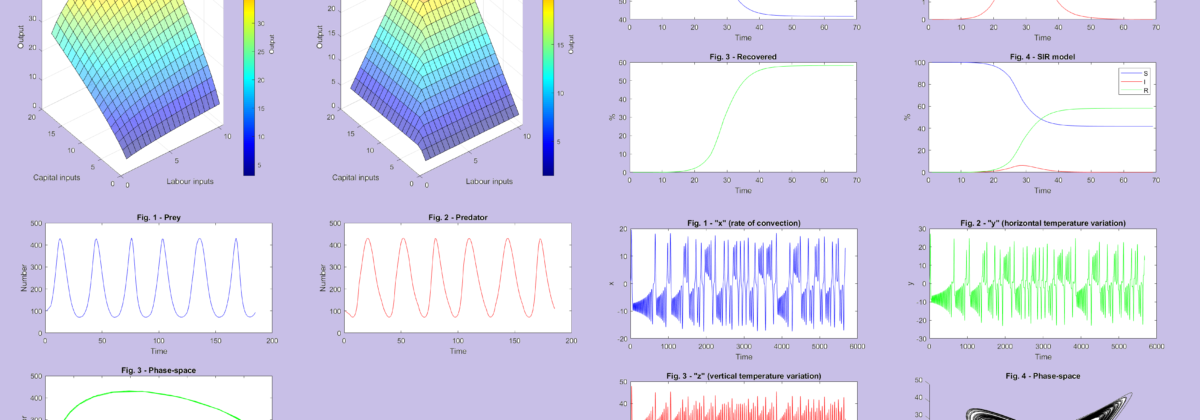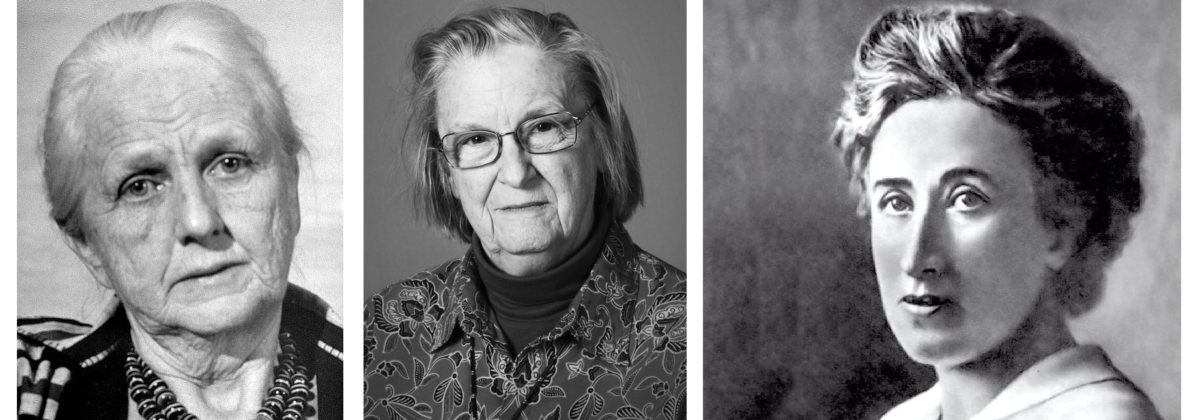Videos
Video tutorials are available at the links below:
- Tutorial 1: How to create a simple SFC model in R: First Part
- Tutorial 2: How to create a simple SFC model in R: Second Part
Request the passwords to access the videos by contacting marco.veronese.passarella@gmail.com. The related codes and additional codes can be downloaded from my GitHub repository. NEW
See also the seminar by Gennaro Zezza on Applied Stock-Flow Consistent Modelling (YouTube)
R codes for selected SFC and AB toy models are now available on my GitHub repository.
Web resources for SFC modellers and other useful links:
- Quick guide to R commands: Base R cheat sheet
- Repository of SFC models: Zezza website
- SFC modelling step by step: Dafermos website
- R and Python SFC models: Jo Michell website
- SFC packages and other material: Godin website
- Everything on Agent-Based Computational Economics: Tesfatsion website
- JMAB simulation toolkit: Caiani website
- SFCR package: Macalos website
- Model simulations: Kohler website
- Interactive macro: Bramucci website
- Godley package: Gamrot website
- DIY Macroeconomic Model Simulation: Kohler and Prante website



